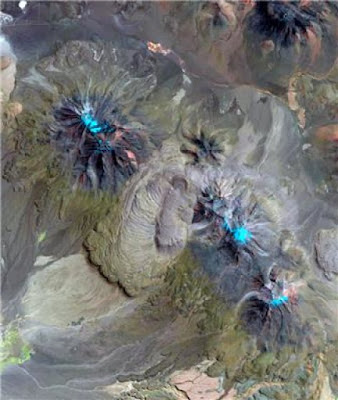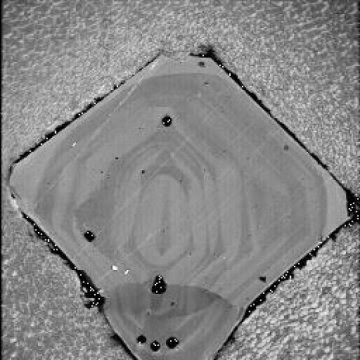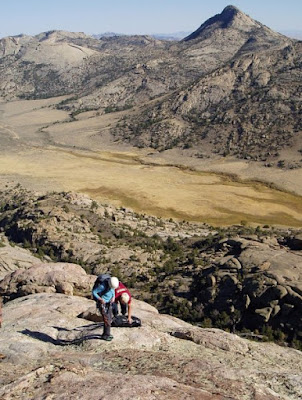The latest Research, Reviews, News and information about Geology / Earth Science from around the web. GEOLOGY INFO
Geoscientists from Heidelberg University have discovered accumulations of magma in the Andes sufficient to have set off a super-eruption but which, in fact, did not. Such eruptions, which expel enormous quantities of magma, are the largest volcanic events on earth. Together with colleagues from the USA, researchers from the Institute of Earth Sciences discovered that magma volumes of supervolcanic proportions have been continuously accumulating in the Altiplano-Puna region since the last super-eruption nearly 2.9 million years ago. These magmas, however, did not reach the surface to trigger a catastrophic eruption but instead slowly cooled at depth and hardened into plutonic rock. The results of the research were published in the journal Geology.
"A supervolcanic eruption spews out more than 1,000 cubic kilometres of magma, which accumulated over time in reservoirs close the earth's surface," explains Prof. Dr Axel Schmitt of the Institute of Earth Sciences. "In turn, these reservoirs are fed from deeper layers in the earth's crust and the underlying mantle. During an eruption, the overlying rock layers collapse into the empty magma chamber and form depressions, known as calderas, of up to 100 kilometres in diameter." Axel Schmitt indicates that there have been at least seven super-eruptions in the Altiplano-Puna region within the last ten million years, the most recent one about 2.9 million years ago. What remains unclear is why no further major eruptions have occurred since then and whether the region can now be considered inactive for such events.
Using samples from five comparatively small lava domes in northern Chile and southeast Bolivia, the Heidelberg researchers and their American colleagues investigated the most recent eruptions whose chemical composition matches the supervolcanic magmas from the region. They determined the age of very small zircon crystals from these lava flows with the aid of a high-spatial-resolution mass spectrometer. "The mineral zircon forms almost exclusively in magmas, so its age revealss when those magmas were present under the volcano," explains Axel Schmitt. "The astonishing result was that the ages of the zircons measured from all five of the smaller volcanoes extended continuously from the time of the eruption 75,000 years ago back to the last supervolcanic eruption."
Prof. Schmitt reports that model calculations demonstrated that zircon formation is only possible over such protracted durations if the inflow of magma amounted to approx. one cubic kilometre over 1,000 years, which is unusually high for a relatively small volcano. "This means that over a long period of time a magma volume of supervolcanic proportions must have accumulated under the five lava domes, which then solidified into plutonic rock at depth." The volcanologist explains that the lack of a major volcanic eruption does not necessarily indicate that magmatic activity has come to a complete halt. Perhaps the rise in magma from deeper regions merely slowed during the last 2.9 million years, forming an enormous body of rock known as a pluton.
"However, our results also show that a relatively small increase in the long-term magma recharge from about one to five cubic kilometres in 1,000 years would recreate conditions favouring a catastrophic supervolcanic eruption. A new super-eruption in the Altiplano-Puna region would be possible, but only after a long lead time," explains Prof. Schmitt.
Researchers from Oregon State University and the University of California in Los Angeles also contributed to the research.
***
Source:
The above post is reprinted from materials provided by Heidelberg University.
Reference:
Casey R. Tierney, Axel K. Schmitt, Oscar M. Lovera, Shanaka L. de Silva. Voluminous plutonism during volcanic quiescence revealed by thermochemical modeling of zircon. Geology, 2016; 44 (8): 683 DOI: 10.1130/G37968.1









